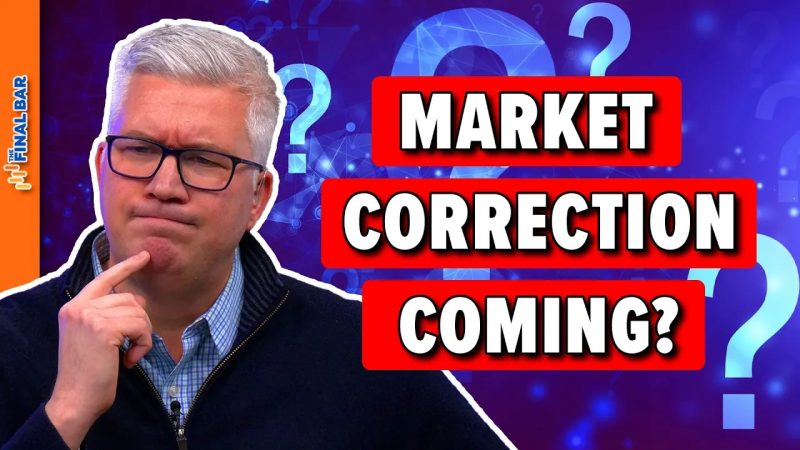Spikes in the VIX: A Sign of Potential Market Correction?
The VIX, also known as the CBOE Volatility Index, is a popular measure of market expectations regarding volatility. Investors often turn to the VIX to gauge market sentiment and assess the level of fear or complacency among market participants. In recent times, there has been a noticeable spike in the VIX, leading many to speculate about the possibility of a looming market correction.
Market corrections are a natural part of the market cycle and can present both risks and opportunities for investors. A correction is typically defined as a decline of 10% or more from a recent high in stock prices. While corrections can be unsettling, they can also create buying opportunities for investors looking to enter the market at more favorable valuations.
The recent spike in the VIX has raised concerns among investors regarding the potential for a market correction. The VIX tends to rise during periods of market uncertainty and heightened volatility, as investors seek to protect their portfolios from downside risk. A sustained increase in the VIX could indicate a shift in market sentiment and a growing sense of unease among market participants.
It is essential for investors to understand the factors driving the spike in the VIX and assess whether it is signaling a broader market correction. Factors such as geopolitical tensions, macroeconomic indicators, and corporate earnings reports can all influence market volatility and contribute to fluctuations in the VIX.
Investors should also consider the broader market trends and technical indicators when evaluating the likelihood of a market correction. A thorough analysis of market breadth, investor sentiment, and historical market patterns can provide valuable insights into the potential timing and severity of a correction.
While spikes in the VIX can be a cause for concern, they can also present opportunities for investors to reassess their portfolios and make necessary adjustments to mitigate potential risks. Diversification, risk management strategies, and a long-term investment perspective can all help investors navigate periods of market uncertainty and volatility.
In conclusion, spikes in the VIX can be a warning sign of a potential market correction, but they should not be cause for panic. By staying informed, maintaining a disciplined investment approach, and being prepared to take advantage of buying opportunities, investors can navigate market volatility and position themselves for long-term success in the ever-changing world of investing.

